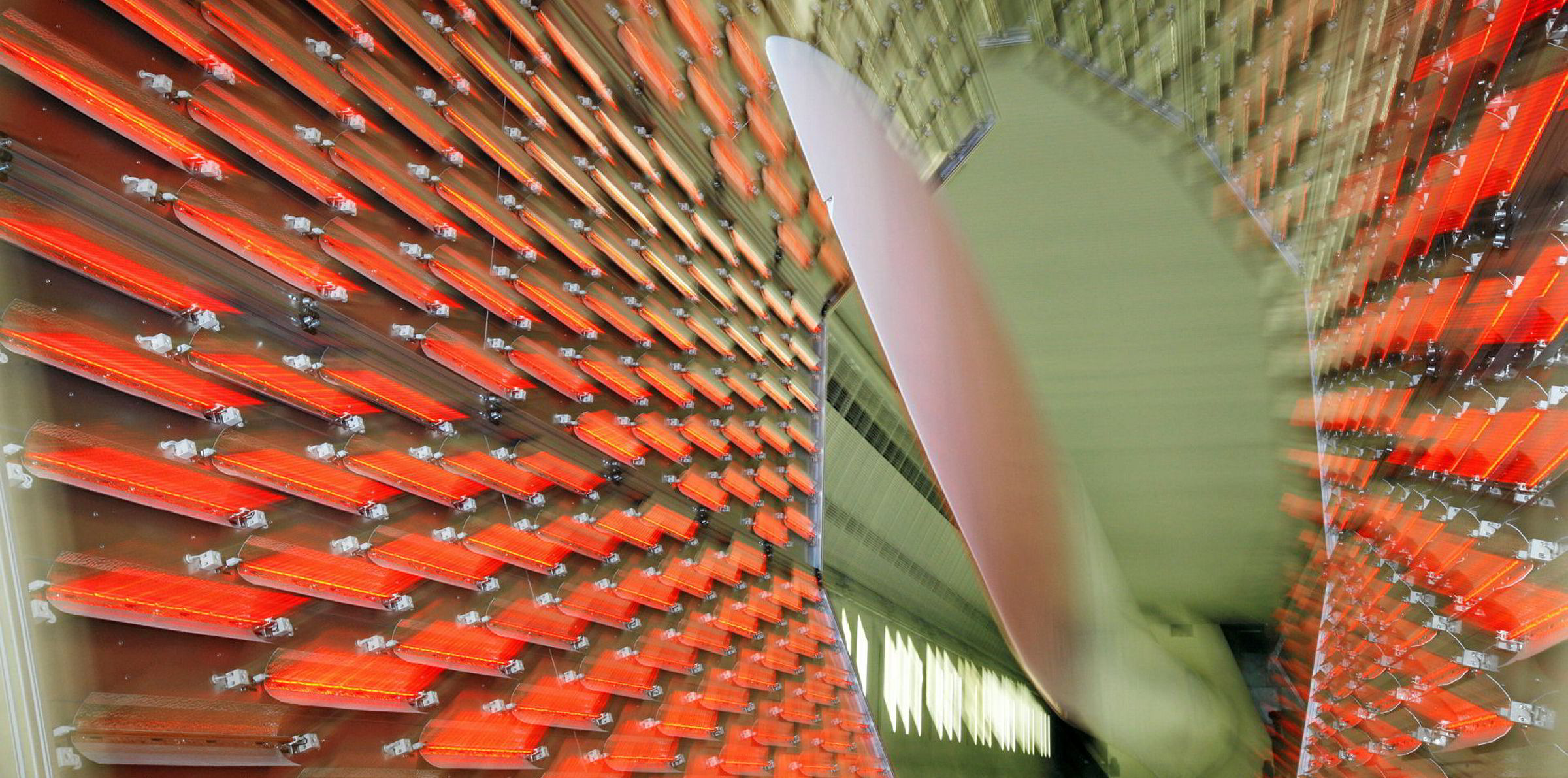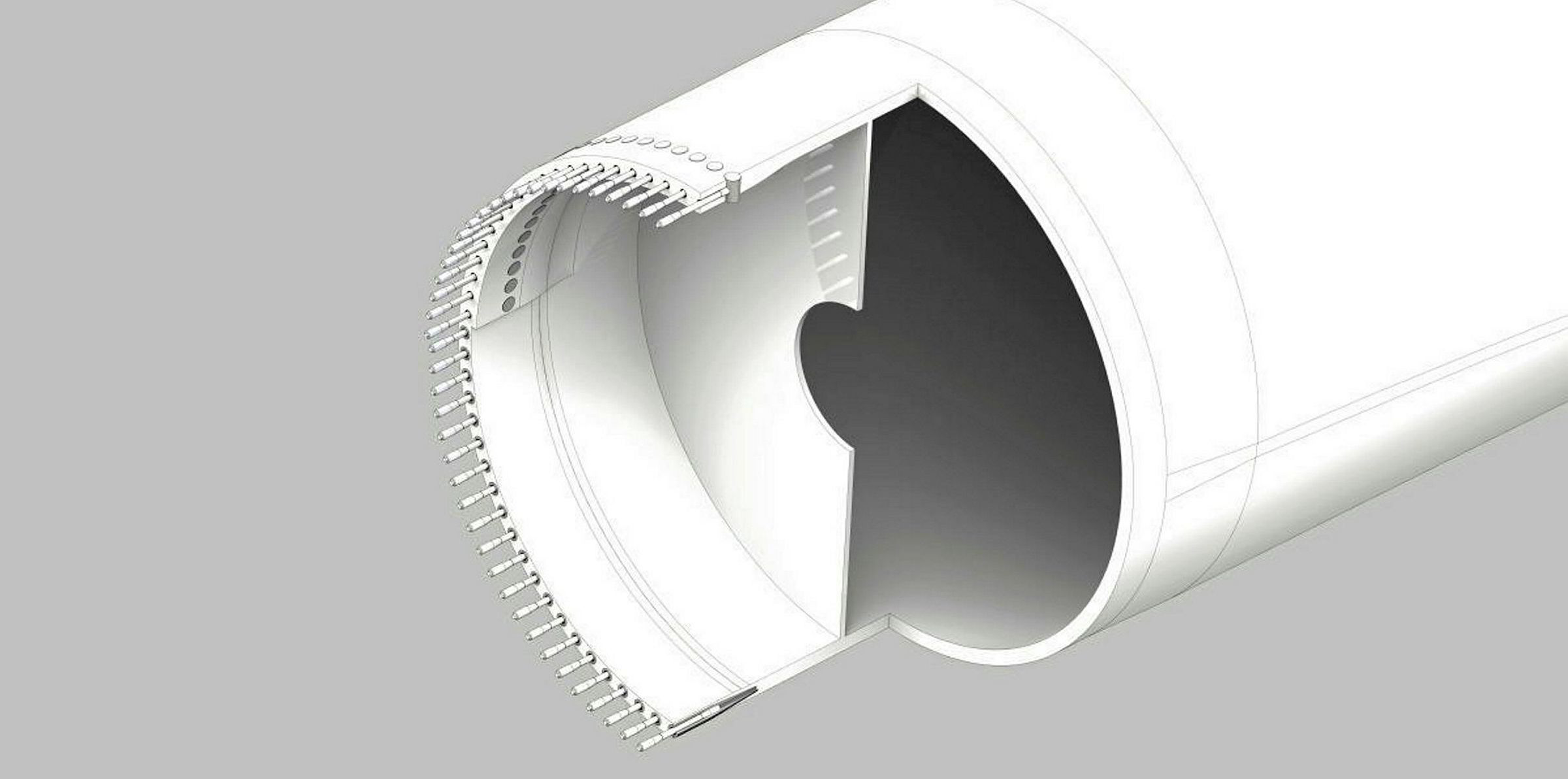Close cross-sectoral cooperation between Europe’s wind, chemical and composites industries will be needed to sharpen the economics of recycling the 14,000 wind turbine rotor blades that are to be decommissioned in the next three years, according to a new report from advocacy bodies WindEurope, the European Chemical Industry Council (Cefic) and the European Composites Industry Association (EuCIA).
Though 85-90% of wind turbines’ mass – including foundation, tower and nacelle componentry – can be recycled, the blades, as they represent a relatively small volume of the total composite waste, are a “specifically challenging” waste stream to build a commercial recycling business around, said the authors of a new joint report, Accelerating Wind Turbine Blade Circularity.
The report concluded active engagement from all “composite-using sectors and authorities” will be required to fashion cost-effective solutions and the supporting European industrial value chains.
“Wind energy is an increasingly important part of Europe’s energy mix. The first generation of wind turbines are now starting to come to the end of their operational life and be replaced by modern turbines. Recycling the old blades is a top priority for us, and teaming up with the chemical and composites industries will enable us to do it the most effective way,” said WindEurope Giles Dickson.
Cefic Director General, Marco Mensink stated: “The chemical industry plays a decisive role in the transition to a circular economy by investing in the research and development of new materials, which make wind turbine blades more reliable, affordable and recyclable.
“Innovation is born from collaboration and we look forward to working together to advance wind turbine blade recycling.”EuCIA president Roberto Frassine said: “The wind energy sector has always been at the forefront of using composites as they are instrumental to sustainable energy generation. With this collaboration we hope to set a great industry standard that ultimately will also help customers in other industries like marine and building and infrastructure.”
The report found that while technologies exist to recycle blades – with the majority undergoing “ cement co-processing” – and a growing number of companies are offering composite recycling services, these solutions are not yet widely available and cost-competitive.
Today 2.5 million tonnes of composite material are in use in the wind energy sector globally, with WindEurope estimating some 40,000-60,000 tonnes of blade materials will need to be processed by 2023, as Europe waste legislation, led by Germany, Austria, Finland and the Netherlands, is being tightened up to prohibit composites from being landfilled.
“Going forward there may be more harmonisation of guidelines and legislation, which would be more efficient for the development of a pan-European market for recycling blade waste,” said the report’s authors, noting that The wind industry is currently working on a proposal for an international guideline for the dismantling and decommissioning of wind turbines.
WindEurope, Cefic and EuCIA jointly recommend Europe should invest more on research and innovation to “diversify and scale up” composite recycling technologies, to devise new, high-performance materials with improved circular economics, and design methodologies make recycling blades easier and more cost-effective.
The underlined that existing “treatment routes” such a cement co-processing must be adopted more widely to deal with the current waste streams.
“The best strategy for wind turbine blades is one that combines design, testing, maintenance, upgrades, and the appropriate recycling technology to ensure the maximum value of the material is retrieved throughout its lifetime,” said the report.
“This requires a better understanding of the environmental impacts associated with the choice of materials during design and with the different waste treatment methods at end-of-life.”



